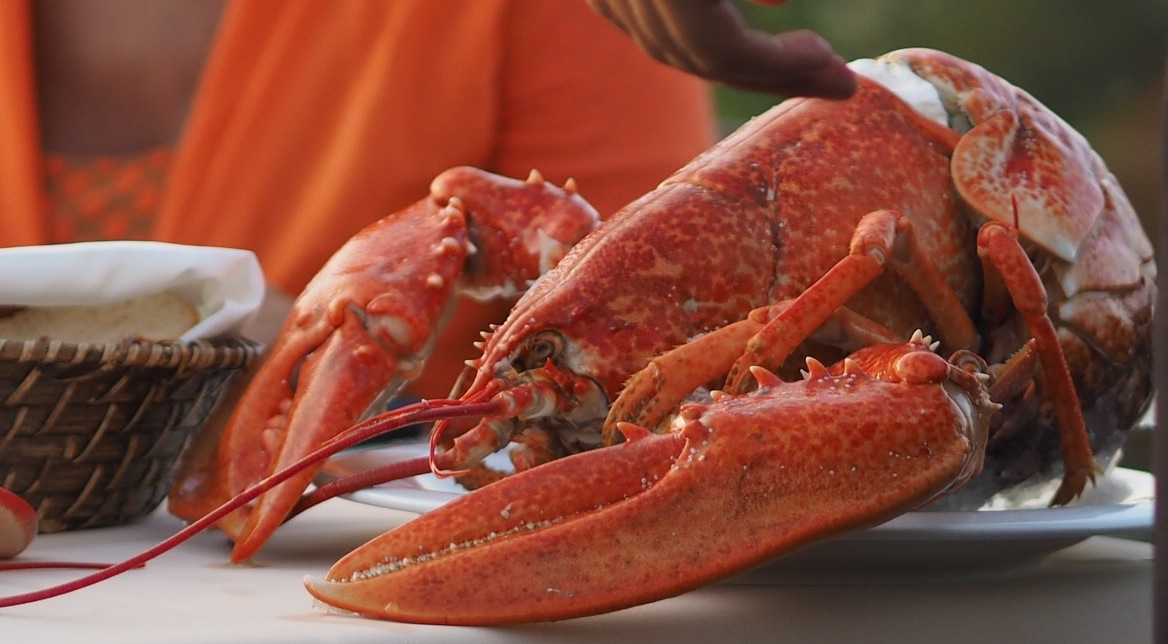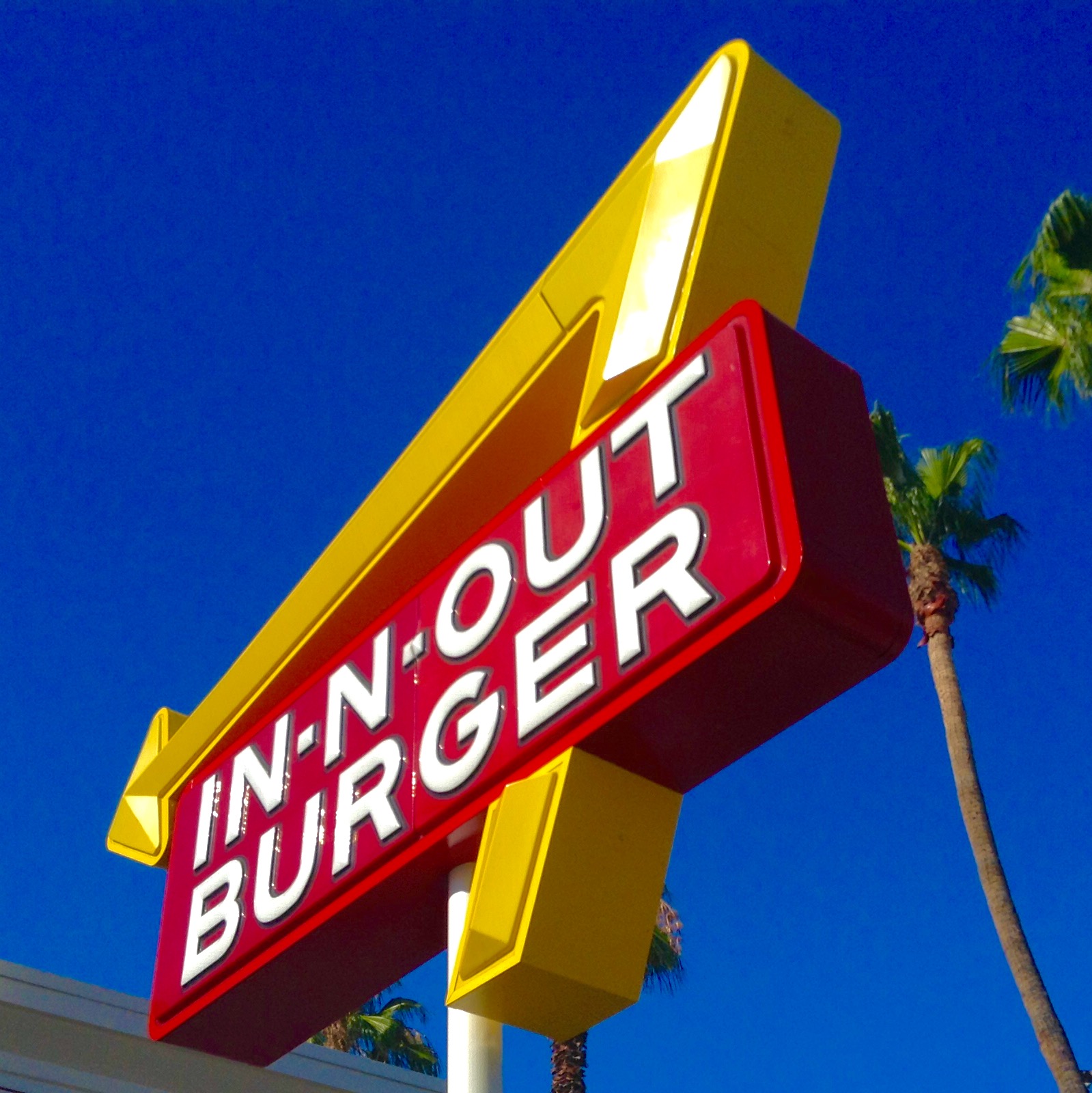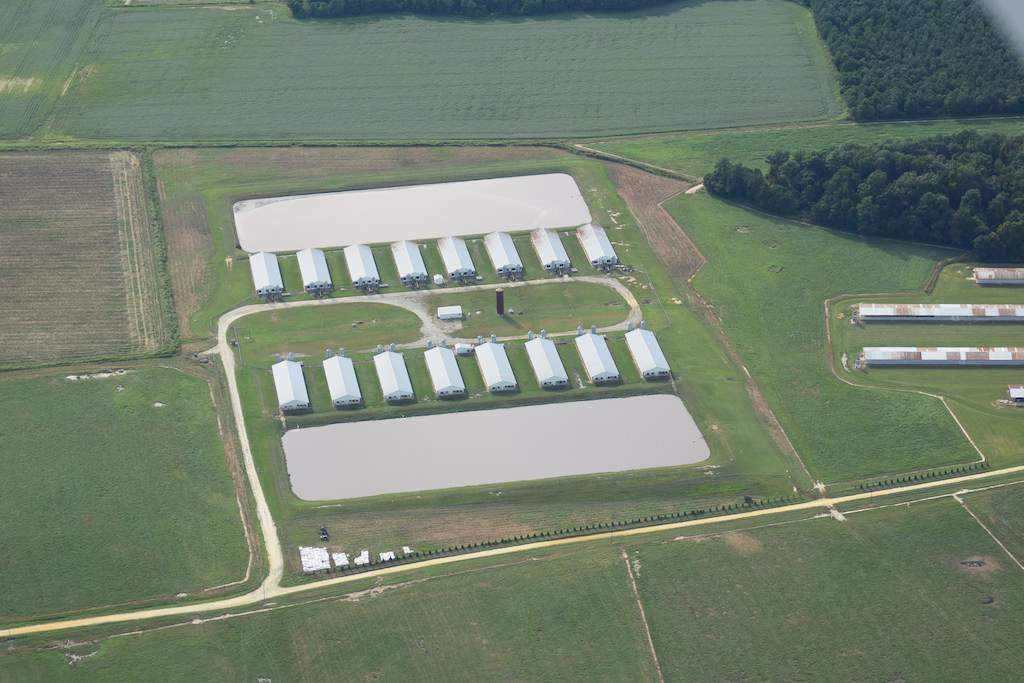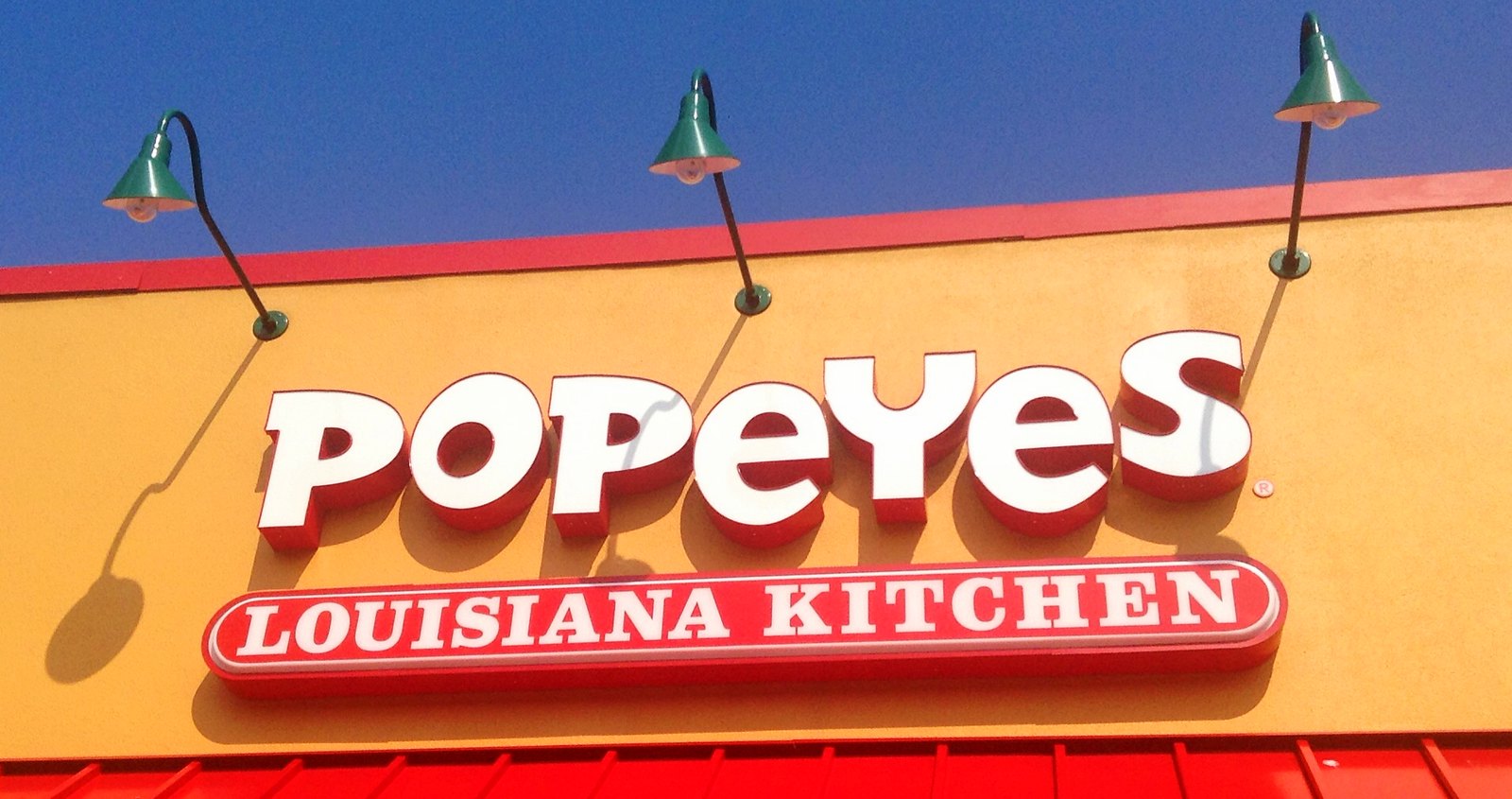This is the web version of a list we publish twice-weekly in our newsletter. It comprises the most noteworthy food stories of the moment, selected by our editors. Get it first here.
Art of the deal. Democratic Senator Ed Markey of Massachusetts and Representative Alexandria Ocasio-Cortez of New York introduced on Thursday their proposal for a Green New Deal. The non-binding resolution calls for an ambitious and wide-reaching overhaul of American infrastructure, with goals like a 100-percent renewable energy grid in 10 years, and expanding sustainable farming and soil practices to 70 percent of ag land by 2050. To catch up on the conversation around this potentially historic legislation, Roll Call has the takeaway.
Stirred, not shaken. A $1,050 robotic bartender wants to shake up your evening routine, Bloomberg reports. There’s just one problem: it can’t actually shake much of anything. The machine relies on automated stirrers to mix drinks. Still, Bernadette Walker writes, it might be a big hit at a party where no one wants to spend the whole night behind the bar. But who’s doing the garnishes?
Do not ingest. CBD-infused food was a money-maker for Fat Cat Kitchen, a New York restaurant that sold cookies and baked goods made with the compound. That is, until city health officials began cracking down CBD in food this year, Michael Gold reports for The New York Times. Fat Cat sees the embargo as arbitrary and hopes it’ll be lifted soon. It’s probably not alone.
In the tank. A lobster dealer named Tom Adams spent over a million dollars on new equipment and building upgrades. He hired two new salespeople who spoke Mandarin and Cantonese. Then the trade war began, and he lost almost all of his sales from what had been a booming Chinese market. The Portland Press-Herald looks at the fallout for Adams and Maine’s other lobster dealers.
Food for thought? New research from anthropologists argues that fat from bone marrow put our early ancestors on the evolutionary path to developing bigger brains. Scientists and researchers have previously associated the neurological growth spurt of humans to the technological advancements necessary for hunting. That means our ancestors’ brain growth surged around the time they began hunting wild animals. But this discovery suggests that likely happened about 1 million years prior, when they were foraging for bones of leftover kill, which they fashioned into tools.










